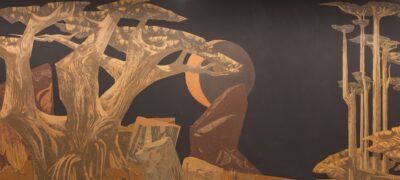
One defining aspect of the innovative and forward-looking art program that Corita led at Immaculate Heart College was the voluminous production of bulletins, flyers, announcements, posters and other ephemera that were made in support of the school’s many programs and exhibitions. Chief among these was the college’s witty and playfully organized newsletter, the Irregular Bulletin, which was published intermittently by the college’s art department from 1956 to 1963. Edited and designed by Corita’s inimitable mentor, Sister Magdalen Mary (known as “Sister Mag”), its free-flowing and ebulliently anarchic visual style was a highly influential precursor to the design culture of self-published “zines” that would emerge in punk rock and other countercultural scenes in the succeeding years.
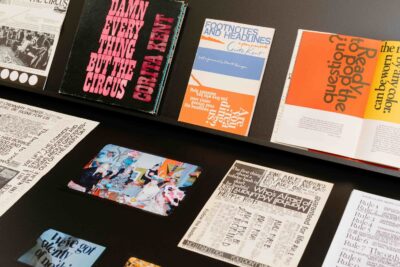
Photo Credit: Michael Anthony Hernandez
The experimental designs of the Irregular Bulletin shared the same adventurous spirit as the college’s Mary’s Day celebrations that took place every May. When asked by Immaculate Heart College’s President Helen Kelley to take over the organization of this annual event in 1964, Corita and the art department would breathe new life into it by creating joyful campus-wide celebrations over the following four years. Giving each year a specific theme such as “Food for Peace,” “Challenge to Change,” or “POWER UP,” Corita and the art faculty would mobilize the entire campus, spending months creatively exploring and artistically executing these themes. The radical and playful graphic design of the printed matter for these events was completely in keeping with the carnivalesque joy of the Corita-inspired Mary’s Day celebrations which had the feeling of riotous art happenings. This push to experiment with the look and design of language in the school’s communications found its corollary throughout Corita’s own artwork and publications including her books Footnotes and Headlines (1967) and Damn Everything but the Circus (1970) in which her love of the look of letters and words led her to poignant and lively graphic meditations on political freedom. Finally, we are offered a sense of Corita’s influential role as an art teacher in her Ten Rules written with students for the Immaculate Heart College’s Department of Art, which advocated the values of “trust,” “work,” “experimentation,” “self-discipline,” and breaking all of the rules.
Also on view in the Marciano Art Foundation’s third floor Kitchen Gallery is Thomas Conrad’s 1967 documentary film Alleluia: Being a True Account of the Life and Times of Sister Mary Corita IHM, which offers a glimpse into the life and artistic process of the artist.
All images and archival materials in this presentation are drawn from the collection of Corita Art Center, whose mission includes the continued scholarship and stewardship of Corita’s life and work.
-
 John Giorno: No NostalgiaOctober 25, 2025 – April 25, 2026
John Giorno: No NostalgiaOctober 25, 2025 – April 25, 2026 -
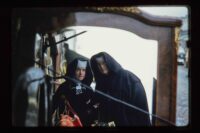 Corita Kent: The Sorcery of ImagesSeptember 26, 2025 – January 24, 2026
Corita Kent: The Sorcery of ImagesSeptember 26, 2025 – January 24, 2026 -
 Kristen Wentrcek and Andrew Zebulon: QuaternionOngoing
Kristen Wentrcek and Andrew Zebulon: QuaternionOngoing -
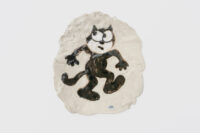 Transmissions: Selections from the Marciano CollectionOngoing
Transmissions: Selections from the Marciano CollectionOngoing -
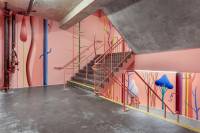 Nicolas Party: TreesPermanently On View
Nicolas Party: TreesPermanently On View -
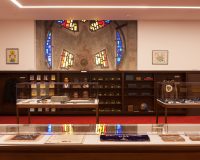 Masonic Objects: The Relic RoomPermanently On View
Masonic Objects: The Relic RoomPermanently On View



